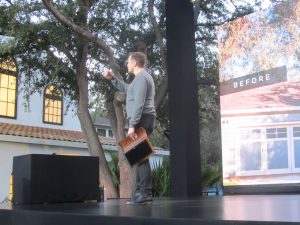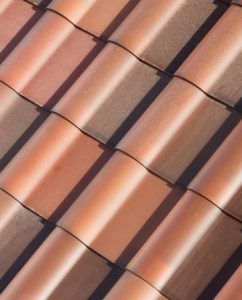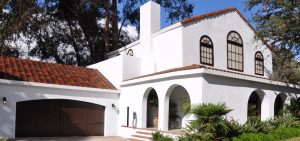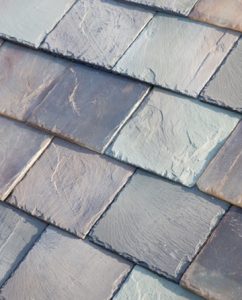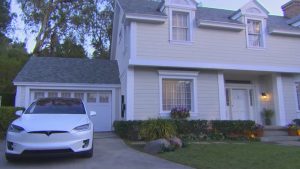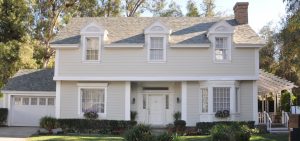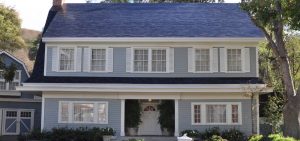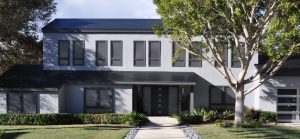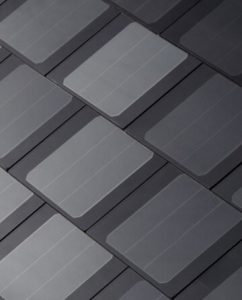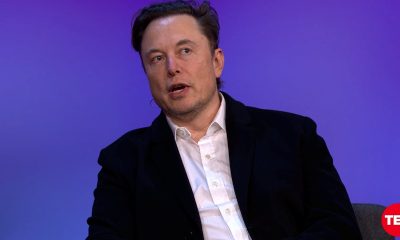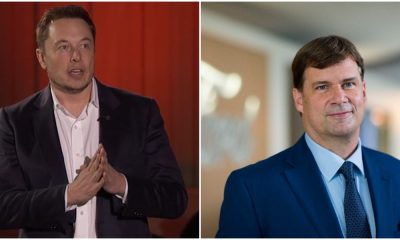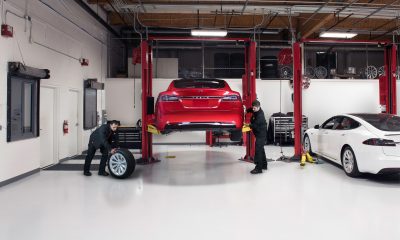News
Which style of Tesla’s Solar Roof tile is right for you?
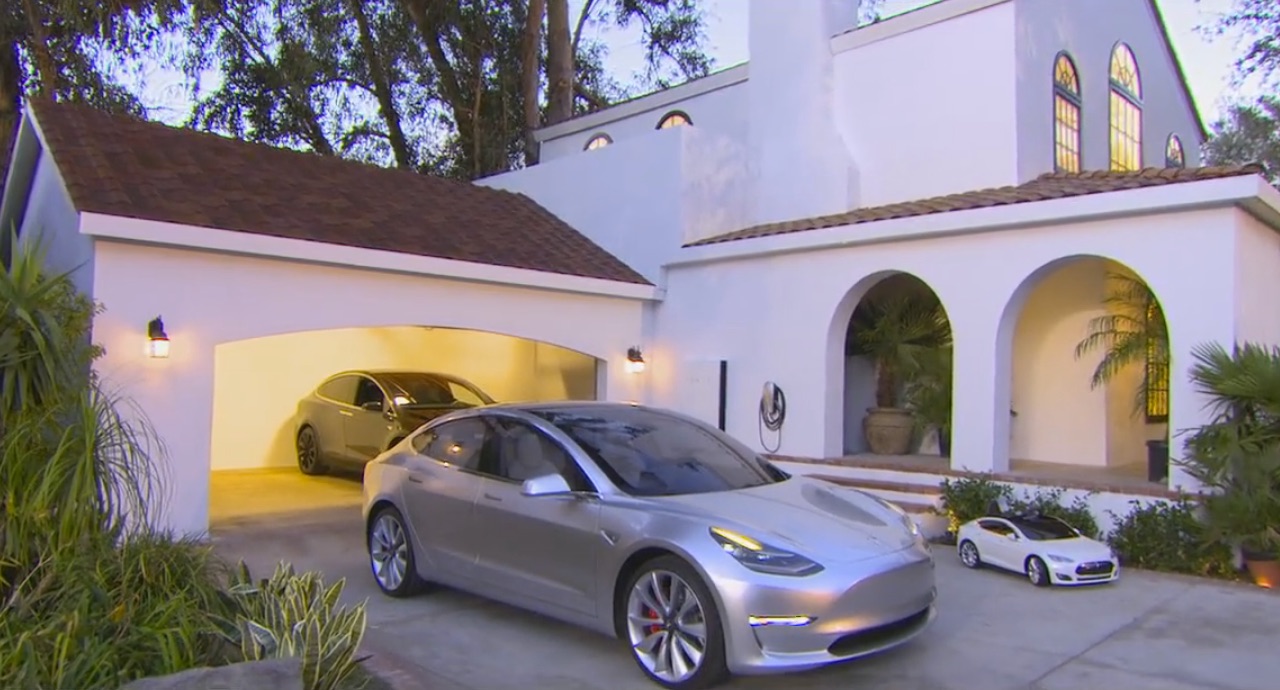
With the explicit goal of making solar panels as appealing as electric cars have become, Tesla CEO Elon Musk has unveiled the company’s newest product: solar roof tiles manufactured with durable, long lasting tempered-glass. The slogan, “Power from above, beauty from the street” captured the product and theme of the unveiling, which took place at Universal Studios in Los Angeles with the sun ready to set in the background.
The new roofs will be a collaboration between SolarCity and Tesla and can be combined with Tesla’s Powerwall 2 home battery. The tiles are hydrographically printed. Musk explained that this process that makes each one a “special snowflake.”
Throughout the product unveiling, Musk emphasized that these solar tiles, which will be integrated into the roof and invisible when viewed from the street, offer a much more attractive option as compared with currently-used solar technology. The tiles will be soon available to the public in four distinct styles. Each is architecturally significant to a home’s core design. Four distinct tile styles reinforce the importance of connecting an architectural past to the Tesla vision of a sustainable future. The “beautiful, affordable, and seamlessly integrated” glass tiles have significant historic origins and contemporary appeal.
Tuscan Glass Tile
This roof, sometimes called Italian Renaissance style, is an element of a home integrated with its setting. Consistent with Musk’s vision of sustainable solutions to a “mine-and-burn” hydrocarbon economy, landscape architecture and gardens balance Tuscan house design. The roof structure is a combination of side gable, cross gable, combined hip and gable, or hipped configuration, often with projecting wings and deep roof overhangs and eaves. The style borrows details from the entire history of Spanish architecture, with architectural elements of paired French doors, classic arches, and some use of wrought iron.
Slate Glass Tile
The most desirable roofing material for more than 1,000 years, slate has been acclaimed for its elegance and unique character. It required a craft person’s expertise and skill in hand shaping and laying it on the roof. The Tesla version likely will resemble thin tiles split into uniform thicknesses. Slate’s aesthetic appearance is due to a wide variety of rich colors and textures that are combined in nearly endless combinations. Found on virtually every class of structure, slate roofs are perhaps most often associated with institutional, ecclesiastical, and government buildings, yet slate was often used on farm and agricultural buildings as well.
- Credit: Tesla
Textured Glass Tile
Textured roofing tiles were used in Neolithic China as early as 10.000 B.C. and 5000 years ago in Babylon. By the end of the nineteenth century, as the use of glazed roofing tiles grew, textured tiles became among the most ornamental and distinctive roofing materials. Now featured on many historic buildings, their aesthetic qualities include many shapes, colors, patterns, and textures. Architecturally, a field of textured tiles often covers the majority of a roof’s flat surface, with decorative tiles used along the peak of the roof. In more ornamental installations, the field of tiles may have areas of patterning created by tiles of different shapes, dimensions, or color variations ranging from deep browns to pale pinks to buff or beige. Their interesting appearance has often made textured tile roofs prominent stylistic features of historic structures.
- Credit: Tesla
Smooth Glass Tile
Flat smooth tile offers clean lines that compliment a contemporary design with unassuming, no-frills elegance. It contains a straightforward, stripped-down geometry and a means of securing an organic bond between old, existing architecture and new buildings. This is particularly important in optically sensitive areas where contemporary architecture accentuates an important visual impression. All parts of the resultant ensemble stem from a single smooth tile source, which appears as if it grew up over the centuries. Smooth glass tiles can contribute to an eclectic conglomeration of heritage-listed façades and modern stylistic elements. Optically robust, these tiles now provide an interplay of nuances that was once typical of hand-crafted products.
Tying Architecture and Aesthetics to Energy Power Solutions
The Tesla solar roof tiles offer high efficiency solar power which will produce energy even during high temperature days. Color louver film allows cells to blend into the roof while exposing them to the sun above. With tempered glass, the material is extremely impact resistant. The solar integrates with Tesla home batteries to collect energy during the day for use in the evening once the sun goes down. Musk tweeted that “solar glass tiles can also incorporate heating elements, like rear defroster on a car, to clear roof of snow and keep generating energy.”
Tesla expects to start installing the solar roofs next summer. More durable than normal roofing tiles, the solar roofs can be tied to the updated Powerwall 2 home battery (14 kWh, $5500) which the company also showcased at the unveiling event.
The announcement of this solar innovation implies that the Tesla/ SolarCity merger will receive upcoming shareholder votes and approval.
If you’re considering solar for your home or business, we encourage you to get a solar cost estimate first, based on your monthly utility bill and location. The service is being provided by an affiliate partner and fan to Teslarati.
News
Tesla rival’s CEO makes shock suggestion to customers about Model Y
“The Model Y is a great car, and Tesla also announced a number of promotions yesterday, so you might want to consider it.”
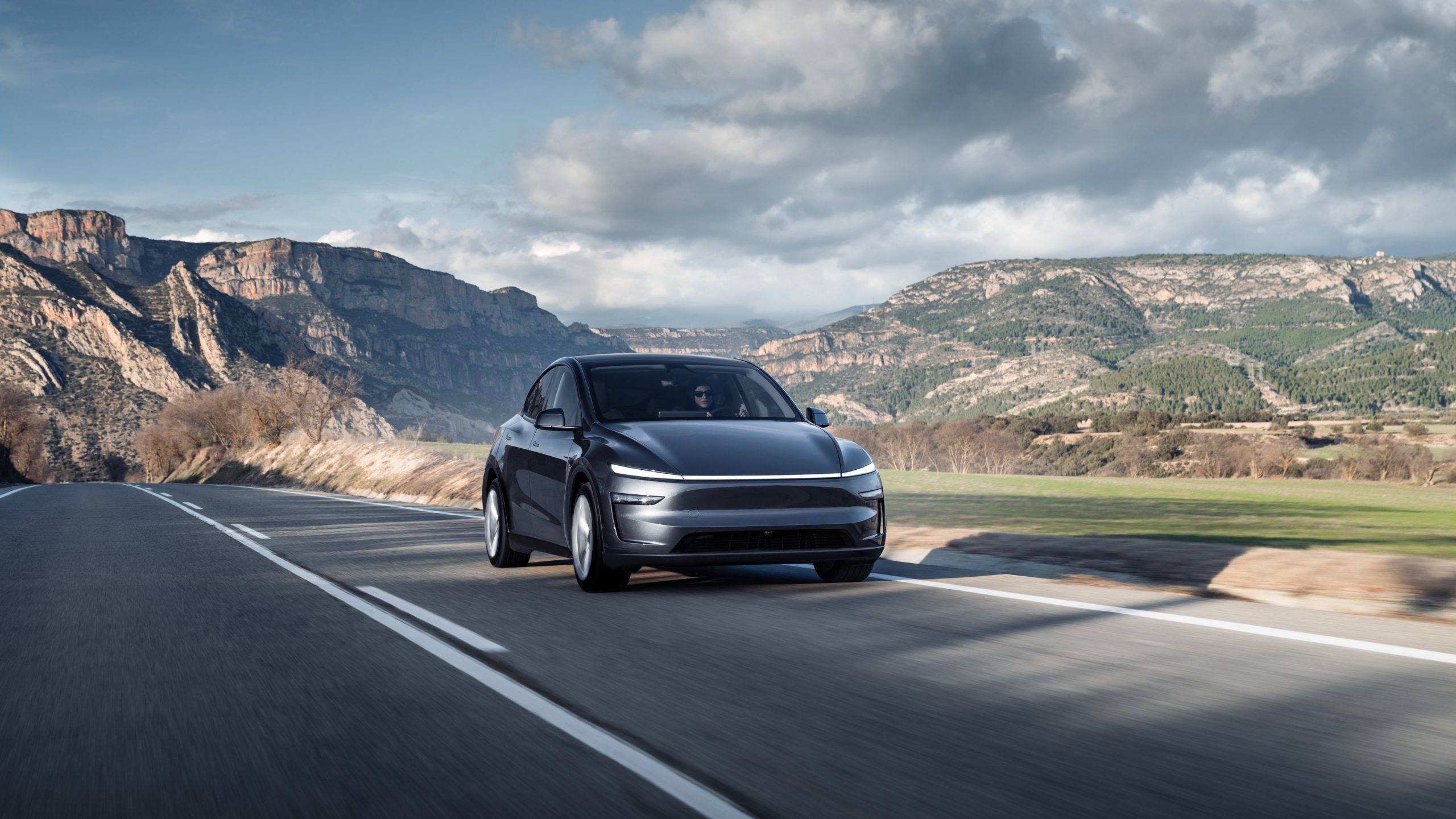
Tesla rival Xiaomi is experiencing demand that is off-the-charts with its new YU7 crossover, which competes with the Model Y. The company’s CEO has stated that demand is truly outpacing what it can build, and that customers in limbo should consider the Model Y because “it’s a great car.”
The Xiaomi YU7 has already gained an incredible number of orders so far. Its launch a few months ago had consumers busting down doors to place an order before others, and demand has been so high that customers will wait, on average, between 56 and 59 weeks for delivery.
Within 18 hours, Xiaomi received about 240,000 orders, CarScoops reported. Some customers are truly interested in the vehicle, but cannot wait the extended period to take delivery as they might need a car now.
Xiaomi CEO Lei Jun said on social meida that there are other cars out there that would be suitable as a replacement to the YU7:
“If you need to buy a car quickly, other China-produced new energy vehicles are pretty good.”
He explicitly mentioned the Model Y, Xpeng G7, and Li Auto i8.
Regarding the Model Y, he said:
“The Model Y is a great car, and Tesla also announced a number of promotions yesterday, so you might want to consider it.”
The Model Y has been the best-selling car in the world over the past two years, and it still leads in many markets as the most sought-after EV. However, in China, there are so many formidable competitors that customers are seemingly going for whatever they can get to first.
Of course, a car is a car, but Tesla has gained a more notable reputation for its industry-leading tech and driver assistance systems, including City Autopilot, which has been used in China for a few months now.
Tesla China owners share first impressions of FSD-style “City Autopilot”
News
Tesla offers tasty Supercharging incentive as Q3 push continues

Tesla is offering a tasty Supercharging incentive on inventory Model 3 units in Canada as it continues to push sales in the third quarter.
In the United States, Tesla is preparing for the end of the $7,500 electric vehicle tax credit. While it is offering a multitude of incentives in the U.S. to help push sales of its vehicles before the credit goes away, it is not saving the deals for Americans exclusively.
Yesterday, the company announced it is now offering Free Supercharging for life on all Model 3 inventory in Canada, a massive incentive for those who would use the vehicle as a daily driver:
Unlimited road trips through Canada
Free Supercharging now on all Model 3 inventory 🇨🇦
— Tesla North America (@tesla_na) August 15, 2025
The deal would normally only apply to Superchargers located in Canada, meaning if a Canadian drove over the border into the United States and Supercharged, they would have to pay for it.
However, Tesla also confirmed that the charging deal would extend to the U.S. Canadians will be able to drive across the U.S. and Supercharge for free for the life of the vehicle.
Free Supercharging is such a great perk because the money an owner saves on charging factors directly into what they are saving if they were to own a gas car. While Supercharging and home charging are, on average, cheaper than filling up with gas, the savings are not massive.
When Supercharging is free, it can save consumers hundreds of dollars per month, especially if they plan to use the Tesla for their daily commute. Some people could fill their gas cars up two times a week to get to work, spending $80-$100 every five days on gas.
Tesla has been using incentives like this to push vehicles into customers’ hands. Q3 could be one of the best three-month spans in recent memory with the push it is making.
News
Tesla is preparing to take on autonomy’s final boss
India’s city streets are notorious for their complexity and congestion.
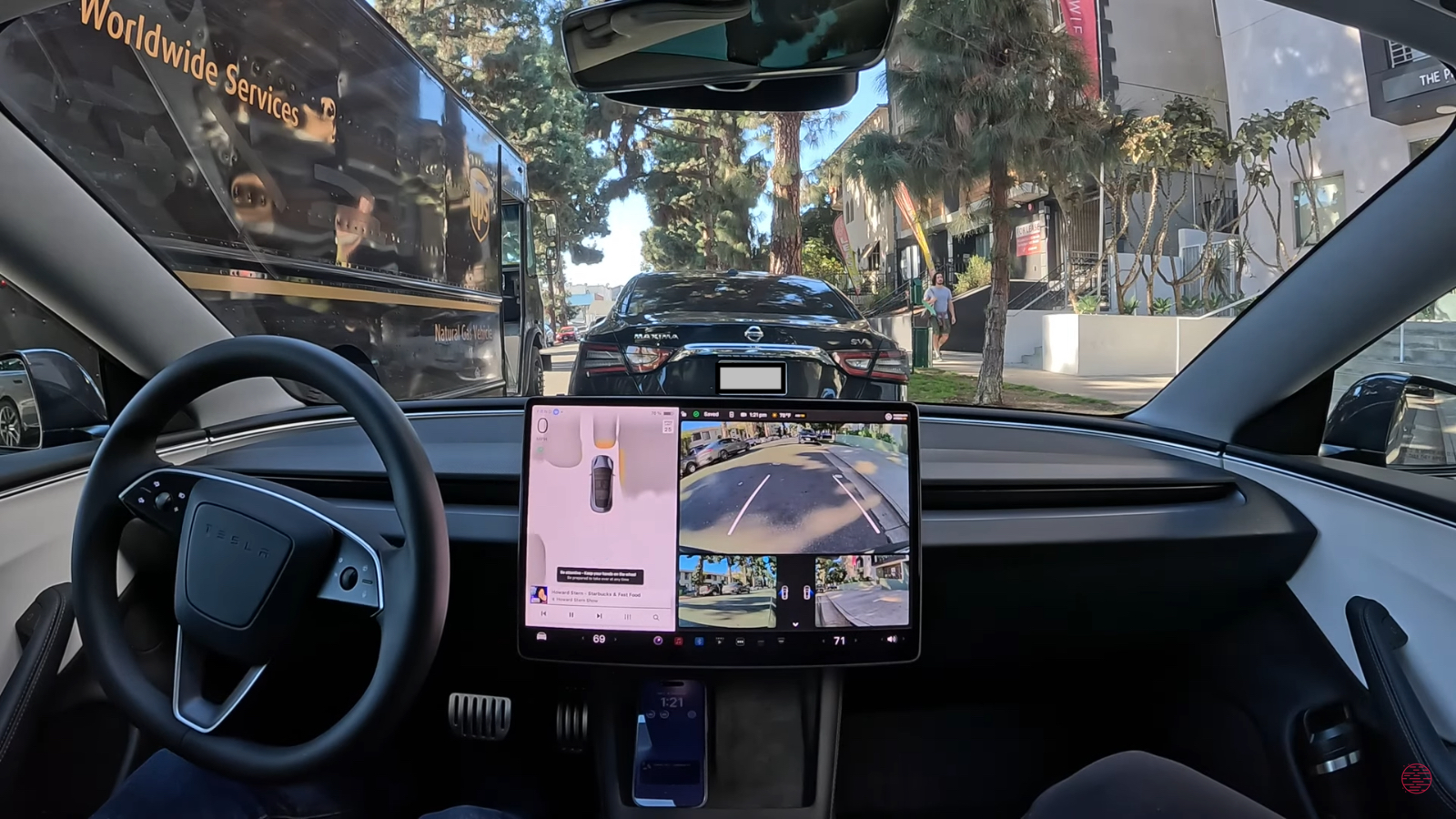
If there is any sign that Tesla is now confident about its self-driving program, it would be this. As could be seen on Tesla’s Careers page, the company is now hiring Autopilot Vehicle Operators in Delhi and Mumbai, India.
As far as real-world traffic is concerned, one could argue that India’s city streets are the final boss of autonomous driving systems due to their complexity and congestion.
Tesla job openings
As per Tesla in its recent job openings, Prototype Vehicle Operators will be responsible for driving an engineering vehicle for extended periods and conducting dynamic audio and camera data collection for testing and training purposes. In both its job listings for Mumbai and Delhi, Tesla noted that successful applicants will be gathering real-world data on the weekends and around the clock.
Considering the job openings in India, Tesla seems to be intent on rolling out its advanced driver-assist systems like FSD in the country. This is quite interesting, as Tesla is not hiring Prototype Vehicle Operators in other territories that recently launched, such as the Philippines. Perhaps Tesla intends to tackle FSD’s final boss of sorts before rolling out FSD in other territories.
FSD’s rollout
Tesla’s autonomous driving program uses the company’s Full Self-Driving system, which is currently available on vehicles in North America and China. Tesla, however, has a more advanced version of FSD called Unsupervised FSD, which is currently being used in vehicles that are part of the Robotaxi pilot in Austin and the Bay Area.
Elon Musk has also recently announced on X that Tesla will be releasing FSD V14 in the coming weeks. He also shared a number of improvements that can be expected from FSD V14. “The FSD release in about 6 weeks will be a dramatic gain with a 10X higher parameter count and many other improvements. It’s going through training & testing now. Once we confirm real-world safety of FSD 14, which we think will be amazing, the car will nag you much less,” Musk wrote in his post.
-
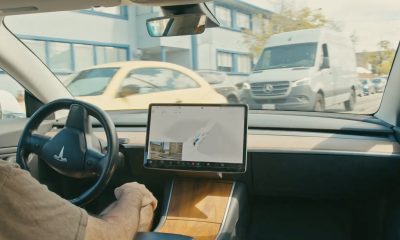
 Elon Musk1 week ago
Elon Musk1 week agoElon Musk teases crazy new Tesla FSD model: here’s when it’s coming
-
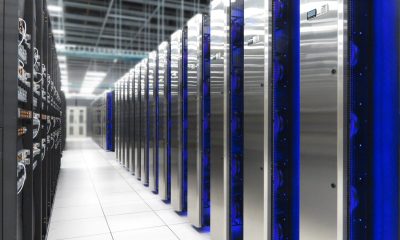
 Elon Musk6 days ago
Elon Musk6 days agoElon Musk confirms Tesla AI6 chip is Project Dojo’s successor
-
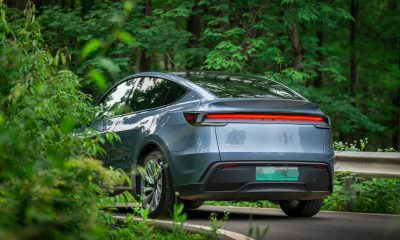
 News6 days ago
News6 days agoTesla Model Y L reportedly entered mass production in Giga Shanghai
-

 Elon Musk1 week ago
Elon Musk1 week agoTesla CEO Elon Musk details massive FSD update set for September release
-
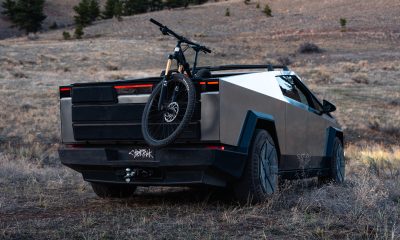
 Cybertruck6 days ago
Cybertruck6 days agoTesla’s new upgrade makes the Cybertruck extra-terrestrial
-

 News4 days ago
News4 days agoElon Musk reaffirms Tesla Semi mass production in 2026
-
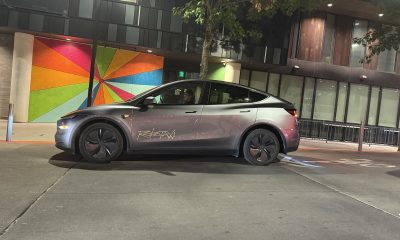
 Elon Musk1 week ago
Elon Musk1 week agoTesla ‘activist shareholders’ sue company and Elon Musk for Robotaxi rollout
-
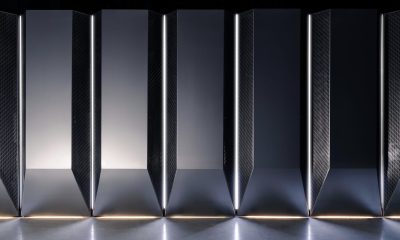
 News1 week ago
News1 week agoElon Musk explains why Tesla stepped back from Project Dojo

